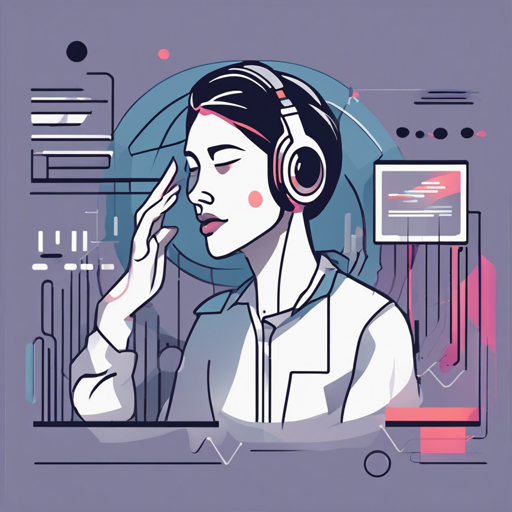If you’re venturing into the realm of Automatic Speech Recognition (ASR) for Japanese audio, you’ve landed in just the right place! In this blog post, we’ll explore how to set up and utilize the Kotoba-Whisper model, a powerful tool designed to transcribe spoken language into text with remarkable accuracy and speed. Whether you’re a researcher, developer, or just curious, this guide is tailored just for you!
Understanding the Kotoba-Whisper Model
Kotoba-Whisper is akin to having a well-trained linguistic coach who listens attentively and types out everything you say, but with the added bonus of super-speed and efficiency! Imagine having a friend listen to you and write down your ideas, only much faster and without errors. Utilizing advanced techniques like knowledge distillation, it’s based on the OpenAI Whisper model but is designed to work with Japanese audio, making it a significant player in the ASR landscape.
Setting Up the Environment
- Ensure you have Python installed on your system.
- Install the latest version of the Hugging Face Transformers library:
pip install --upgrade transformers accelerateLoading the Model
Once your environment is ready, you’ll want to load the Kotoba-Whisper model. Here’s a general structure of what your code might look like:
import torch
from transformers import pipeline
from datasets import load_dataset
# Config
model_id = "kotoba-tech/kotoba-whisper-v1.0"
torch_dtype = torch.bfloat16 if torch.cuda.is_available() else torch.float32
device = "cuda:0" if torch.cuda.is_available() else "cpu"
# Load model
pipe = pipeline(
"automatic-speech-recognition",
model=model_id,
torch_dtype=torch_dtype,
device=device
)Transcribing Audio Files
Transcribing audio is as simple as passing the audio file path to the pipeline. Just ensure your audio is sampled at 16kHz:
result = pipe("path/to/your/audio/file.mp3")
print(result["text"])Advanced Features
Kotoba-Whisper also offers features for segment-level timestamps and batch processing of longer audio files. Using the sequential long-form transcription algorithm can yield more accurate results, especially with longer audio inputs. For long files, use:
result = pipe("path/to/your/audio/file.mp3", return_timestamps=True)
print(result["chunks"])Troubleshooting
While using the model, you might encounter several common issues. Here are some troubleshooting ideas to help you out:
- Installation Issues: Ensure that all dependencies are correctly installed and that you’re using a compatible Python version.
- Audio Format Errors: Make sure the audio files are in the correct format (16kHz sampling rate) before processing.
- Device Configuration: Check that your device is correctly set up for CUDA if using a GPU. If errors persist, try switching to CPU by changing the device setting.
For more insights, updates, or to collaborate on AI development projects, stay connected with fxis.ai.
Conclusion
By now, you should feel empowered to harness the capabilities of the Kotoba-Whisper model for your ASR needs. Think of it as having a super-fast friend ready to turn your spoken words into text, facilitating a myriad of applications from transcription to data analysis.
At fxis.ai, we believe that such advancements are crucial for the future of AI, as they enable more comprehensive and effective solutions. Our team is continually exploring new methodologies to push the envelope in artificial intelligence, ensuring that our clients benefit from the latest technological innovations.

